How many ml are in a gallon?
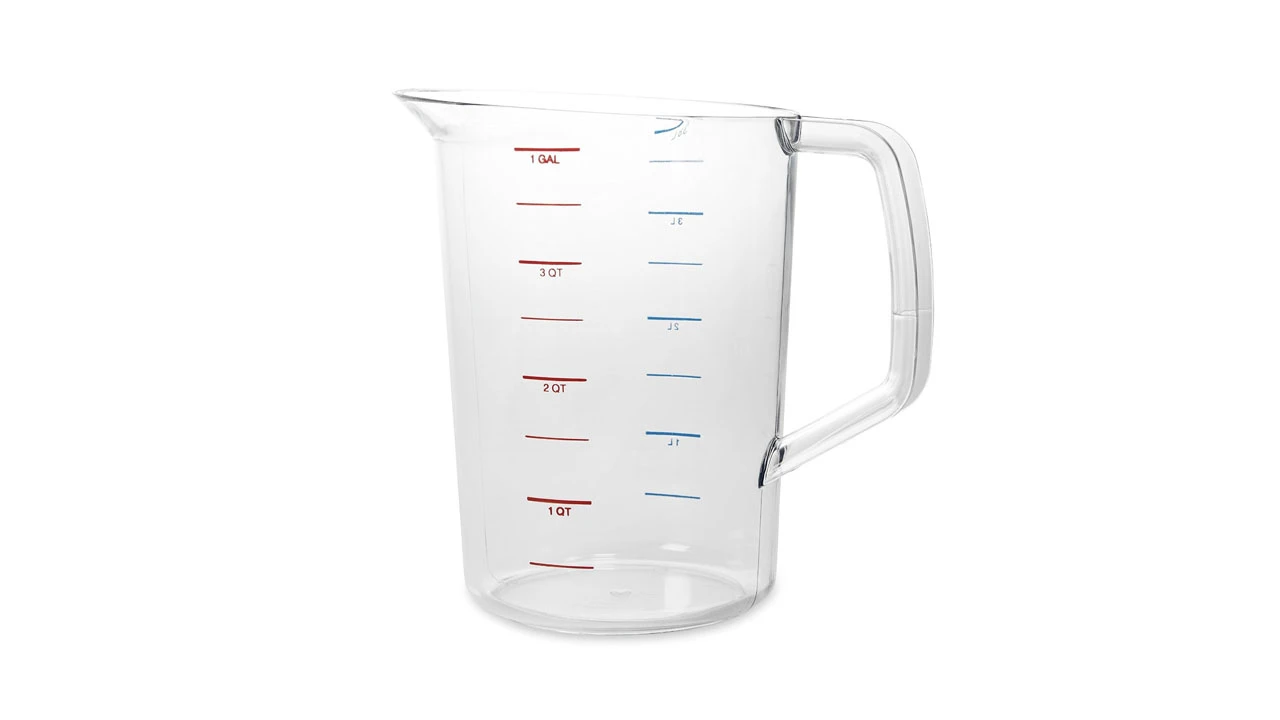
Content
Volume unit converter
US Customary System vs. Imperial System
The question of “how many ml in a gal?” is a common one, especially for those who are interested in liquid measurements. In this comprehensive article, we will delve deep into the topic, providing you with all the information you need to convert gallons to milliliters, understand different measurement systems, and much more.
When discussing how many ml in a gallon, it's crucial to recognize that there are two different measurement systems in use: the US Customary System and the Imperial System. The US Customary System is primarily used in the United States, while the Imperial System is more common in the United Kingdom and other countries that were once part of the British Empire.
- A. US Customary System: The US Customary System is a collection of units used for various measurements, including length, mass, and volume. For liquid measurements, the system uses units like ounces, cups, pints, quarts, and gallons.
- B. Imperial System: The Imperial System is another set of units used for measurements. It shares some similarities with the US Customary System, but has key differences, especially regarding volume measurements. Units like fluid ounces, pints, quarts, and gallons are used in the Imperial System, but their values differ from their US Customary counterparts.
Milliliters: A Metric Unit
Milliliters (ml) are a unit of volume in the metric system, which is used by most countries worldwide. The metric system is based on a decimal system, making conversions between units simpler and more straightforward. Milliliters are commonly used for measuring smaller volumes of liquid, like in recipes or when measuring medication dosages.
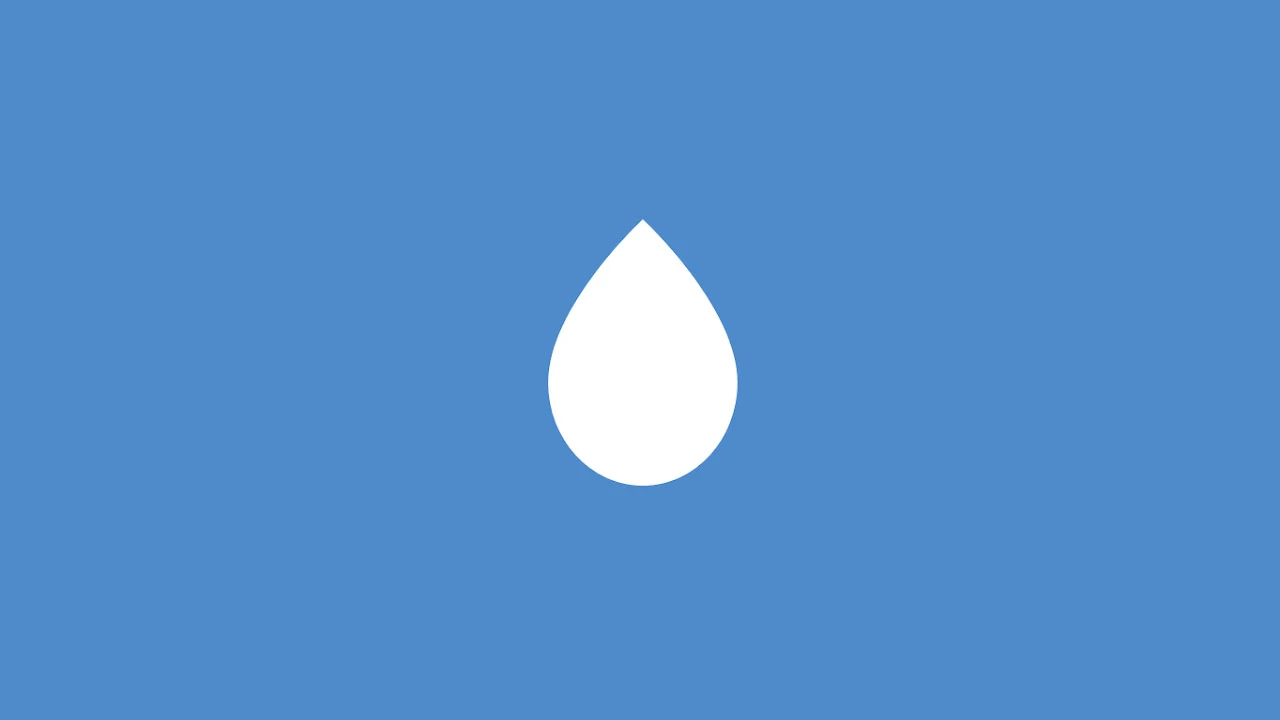 Milliliters are one of the most common metric units of volume in the world. They are typically used to measure small volumes of liquids such as oil, water, milk and other beverages. Milliliters are often used in cooking to accurately measure ingredients in recipes, and in the pharmaceutical industry to measure drug dosages.
Milliliters are one of the most common metric units of volume in the world. They are typically used to measure small volumes of liquids such as oil, water, milk and other beverages. Milliliters are often used in cooking to accurately measure ingredients in recipes, and in the pharmaceutical industry to measure drug dosages.
Milliliters are part of the metric system of units and are defined as one thousandth of a liter. This means that 1 ml is 0.001 liters. Converting between milliliters and other volume units such as liters, gallons, or ounces is quick and easy thanks to the decimal metric system.
Milliliters are also typically used in the laboratory to measure the volume of liquids and solutions, as well as in chemical and physical experiments. Thanks to their accuracy and ease of use, milliliters have become an integral part of our daily lives.
How Many ml in a US Gallon?
When converting US gallons to milliliters, it's essential to use the correct conversion factor. There are 3,785.41 milliliters in a US gallon. To convert US gallons to milliliters, you can use the following formula:
US gallons x 3,785.41 = milliliters
How Many ml in an Imperial Gallon?
Similarly, when converting Imperial gallons to milliliters, the conversion factor is different. There are 4,546.09 milliliters in an Imperial gallon. To convert Imperial gallons to milliliters, use the following formula:
Imperial gallons x 4,546.09 = milliliters
Conversion Factors for Other Liquid Measurements
Besides gallons, there are several other liquid measurements that you might need to convert to milliliters. The following conversion factors can be helpful in these cases:
-
1 US fluid ounce = 29.5735 ml
-
1 US cup = 236.588 ml
-
1 US pint = 473.176 ml
-
1 US quart = 946.353 ml
-
1 Imperial fluid ounce = 28.4131 ml
-
1 Imperial cup = 284.131 ml
-
1 Imperial pint = 568.261 ml
-
1 Imperial quart = 1,136.52 ml
When it comes to measuring liquids, there are two primary systems used worldwide: the US Customary Units and the Metric System. It is essential to understand the differences between these systems to accurately convert gallons to milliliters and vice versa.
US Customary Units are mainly used in the United States and are based on the British Imperial System. This system includes units such as gallons, quarts, pints, and fluid ounces. In contrast, the Metric System, which is used in most other countries, utilizes units like liters and milliliters.
There are two types of gallons: US gallons and Imperial gallons, which have different conversion rates to milliliters.
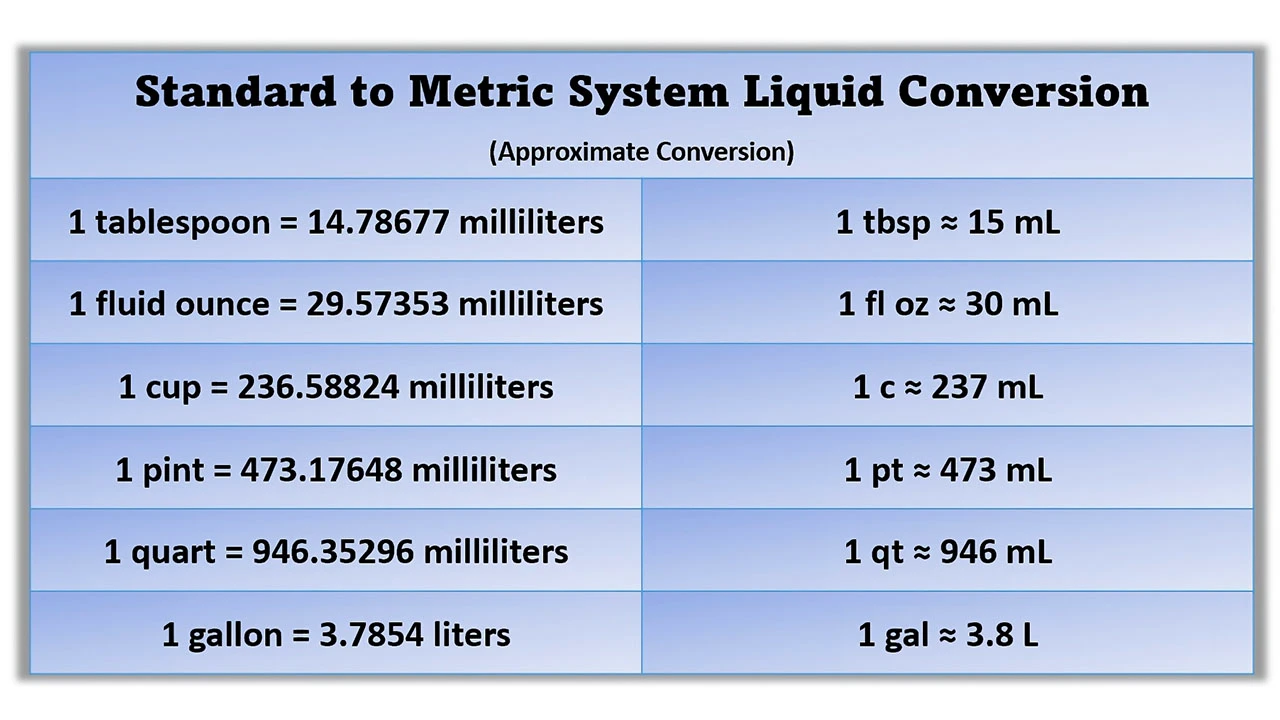
Converting US Gallons to Milliliters
A US gallon is defined as 231 cubic inches, and one milliliter is equal to 1 cubic centimeter (cc). To convert US gallons to milliliters, we can use the following conversion factor: 1 US gallon = 3,785.41 ml.
Here is an example of how to convert US gallons to milliliters:
- Step 1: Identify the number of gallons you want to convert (e.g., 5 US gallons).
- Step 2: Multiply the number of gallons by the conversion factor (5 × 3,785.41 = 18,927.05 ml).
- Step 3: The result is the number of milliliters (18,927.05 ml).
Converting Imperial Gallons to Milliliters
An Imperial gallon, used in the United Kingdom and some other countries, is defined as 277.42 cubic inches. To convert Imperial gallons to milliliters, we can use a different conversion factor: 1 Imperial gallon = 4,546.09 ml.
Here is an example of how to convert Imperial gallons to milliliters:
- Step 1: Identify the number of gallons you want to convert (e.g., 5 Imperial gallons).
- Step 2: Multiply the number of gallons by the conversion factor (5 × 4,546.09 = 22,730.45 ml).
- Step 3: The result is the number of milliliters (22,730.45 ml).
Conversion Table for US Gallons to Milliliters
To make it easier to convert US gallons to milliliters, the following table provides a quick reference for common values:
| US Gallons | Milliliters |
| 1 | 3,785.41 |
| 2 | 7,570.82 |
| 3 | 11,356.23 |
| 4 | 15,141.64 |
| 5 | 18,927.05 |
| 6 | 22,712.46 |
| 7 | 26,497.87 |
| 8 | 30,283.28 |
| 9 | 34,068.69 |
| 10 | 37,854.10 |
Conversion Table for Imperial Gallons to Milliliters
Similarly, the following table provides a quick reference for converting Imperial gallons to milliliters:
| Imperial Gallons | Milliliters |
| 1 | 4,546.09 |
| 2 | 9,092.18 |
| 3 | 13,638.27 |
| 4 | 18,184.36 |
| 5 | 22,730.45 |
| 6 | 27,276.54 |
| 7 | 31,822.63 |
| 8 | 36,368.72 |
| 9 | 40,914.81 |
| 10 | 45,460.90 |
Comparing US and Imperial Gallons
As we've seen, US gallons and Imperial gallons have different conversion rates to milliliters. To summarize:
- 1 US gallon = 3,785.41 ml
- 1 Imperial gallon = 4,546.09 ml
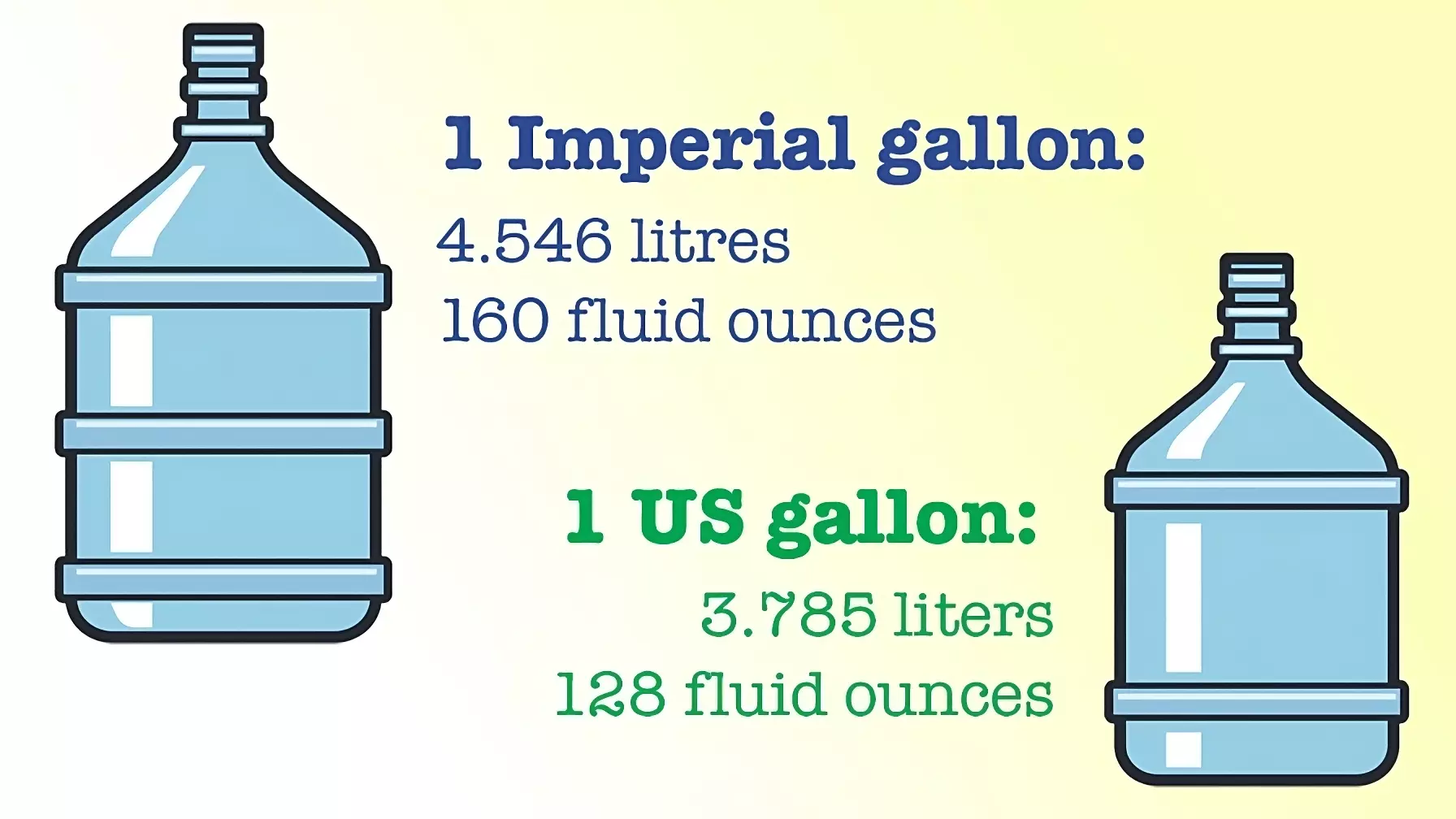 This difference is essential to keep in mind when converting gallons to milliliters or working with liquid measurements from different countries.
This difference is essential to keep in mind when converting gallons to milliliters or working with liquid measurements from different countries.
Practical Applications of Gallon to Milliliter Conversions
Knowing how to convert gallons to milliliters can be useful in various situations, such as:
- Cooking and baking: Recipes may use different measurement systems, so converting between gallons and milliliters can help ensure accurate ingredient measurements.
- Automotive maintenance: Fluid capacities for vehicles, like engine oil or coolant, may be listed in gallons or milliliters.
- Gardening and agriculture: Fertilizer and pesticide application rates may be given in gallons per acre or milliliters per square meter.
Common Liquid Measurement Conversions
In addition to converting gallons to milliliters, it's helpful to know other common liquid measurement conversions. Here are some examples:
- 1 US gallon = 128 US fluid ounces
- 1 US quart = 32 US fluid ounces
- 1 US pint = 16 US fluid ounces
- 1 US cup = 8 US fluid ounces
- 1 US fluid ounce = 29.57 ml
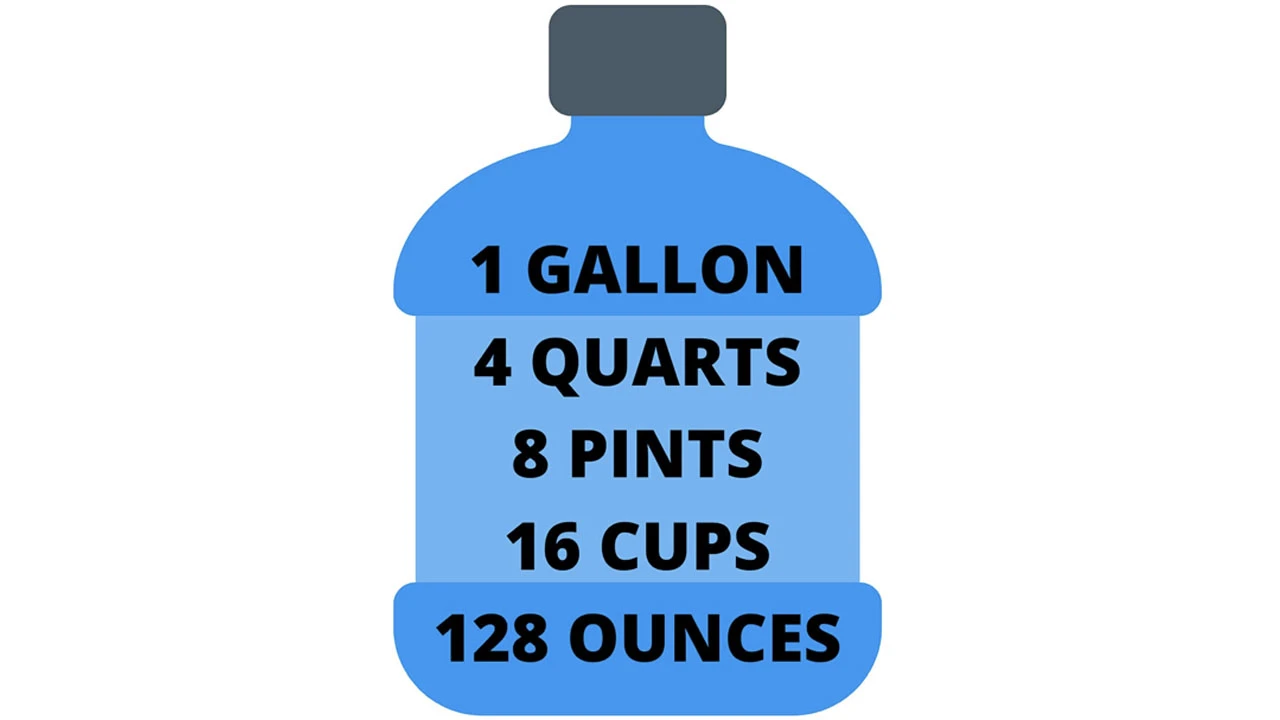
Tips for Remembering Liquid Measurement Conversions
To help remember liquid measurement conversions, consider using these tips:
- Create a cheat sheet: Write down the most common conversions and keep it in a convenient location.
- Use mnemonic devices: Create memorable phrases or acronyms to help recall conversion factors.
- Practice: Regularly perform conversions to reinforce your understanding and improve your recall.
Conclusion: ml in a gal?
To answer the question “how many milliliters in a gallon?” we must first determine which type of gallon we are working with: US gallons or Imperial gallons. Once we know this, we can use the appropriate conversion factors.
By understanding these conversion factors and the differences between US Customary Units and the Metric System, you can confidently and accurately convert gallons to milliliters and navigate the world of liquid measurements with ease.
Converting Milliliters to Gallons
Just as it is crucial to know how to convert gallons to milliliters, it's also important to understand how to convert milliliters to gallons. To achieve this, you will need to use the inverse conversion factors:
- 1 ml = 0.000264172 US gallons
- 1 ml = 0.000219969 Imperial gallons
Conversion Table for Milliliters to US Gallons
The following table provides a quick reference for converting milliliters to US gallons:
| Milliliters | US Gallons |
| 1,000 | 0.264172 |
| 2,000 | 0.528344 |
| 3,000 | 0.792516 |
| 4,000 | 1.056688 |
| 5,000 | 1.320860 |
| 6,000 | 1.585032 |
| 7,000 | 1.849204 |
| 8,000 | 2.113376 |
| 9,000 | 2.377548 |
| 10,000 | 2.641720 |
Conversion Table for Milliliters to Imperial Gallons
Similarly, the following table provides a quick reference for converting milliliters to Imperial gallons:
| Milliliters | Imperial Gallons |
| 1,000 | 0.219969 |
| 2,000 | 0.439938 |
| 3,000 | 0.659907 |
| 4,000 | 0.879876 |
| 5,000 | 1.099845 |
| 6,000 | 1.319814 |
| 7,000 | 1.539783 |
| 8,000 | 1.759752 |
| 9,000 | 1.979721 |
| 10,000 | 2.199690 |
Online Conversion Tools
If you prefer not to perform manual conversions or memorize conversion factors, there are several online conversion tools available. These tools can quickly and accurately convert between different units of measurement, such as gallons, milliliters, liters, quarts, pints, and more. Simply enter the value you wish to convert, select the appropriate units, and let the tool do the work for you.

To reiterate, the number of milliliters in a gallon depends on whether you're using US gallons or Imperial gallons:
- 1 US gallon = 3,785.41 ml
- 1 Imperial gallon = 4,546.09 ml

